Toys for Elephants /
In 2010, Rick and Laura Brown, Founders of Handshouse Studio, learned of two beloved 8,000 lb. Asian elephants named Emily and Ruth living at the Buttonwood Zoo in New Bedford, MA. After speaking with the zoo’s directors and learning about the elephants’ need for stimulation they realized that this would be the perfect challenge for art and design students.
Handshouse Studio designed the “Toys for Elephants” program and introduced it at Masschusetts College of Art and Design in Boston, MA.
The objective is for students to design and create objects and activities that will enhance the quality of life of animals in captivity. Students work with biologist and animal trainers to study animal behavior and befriend two adult elephants from the Buttonwood Park Zoo in New Bedford, MA, to design and produce full- scale functional toys for elephant enrichment.
The Toys for Elephants project is an interface between science and art as well as a public service collaboration between three non-profit educational organizations: Massachusetts College of Art and Design, The Buttonwood Zoo and Handshouse Studio. Now more than a decade old, the Toys for Elephants program and innovative approach to interdisciplinary design and problem-solving, hopes to expand serve as a model for similar programs at zoos across the country.
Addressing the issue of the future well being of elephants in captivity is of particular relevance today. All around the globe the natural habitats for elephants are quickly diminishing causing an inevitable increase in the numbers of elephants in captivity. The Toys For Elephants project provides young students an opportunity to take part in a significant real life design problem and the potential to make a better and more sustainable future. The Toys For Elephants project has four phases of implementation:
1. Research Phase
Students will observe elephants in their current habitat, interview biologists, animal trainers and zookeepers, record information in a database as a design resource.
How do you understand the size of an elephant? Two photographs were cut up into 1" squares. Sophomore architecture students at Washington University were each given a square and asked to duplicate it 20 times larger. The result is a full sized, pencil sketched elephant. The students then worked in teams to tackle the design challenge “Toys for Elephants” as part of the intensive, weekend-long, 2015 Laskey Charrette.
2. Design Development Phase
Students will brainstorm for ideas based on their own research, create drawings, models and presentation materials to present to a review committee for final selection. See More Project Proposals.
3. Construction Phase
Students will work as a team to construct the selected design or designs in their designated materials at full scale.
4. Interaction Play Phase
Students will present the finished Toys for Elephants to the zoo and the to elephants for inspection and interactive play. These prototypes will be used to determine their effectiveness, levels of elephant interest and engagement, durability, etc.
2012
2013
2018
Toys for Elephants/ Thailand
In 2019 the Toys for Elephants Program was invited to bring a design/build team to BEES Elephant Sanctuary in Thailand to design enrichment objects for Elephants in retirement. This 18 day travel program was so successful for both the enrichment of the particpants and the elephants, we offered the program again in 2020. Click here to learn more about the Toys for Elephants/ Thailand program.
A long term objective is to create a broader educational outreach through further design curriculum development and collaboration with other art and design institutions and broadening the field of study by collaborations with other zoo’s, menageries and elephants habitats around the US and the world.



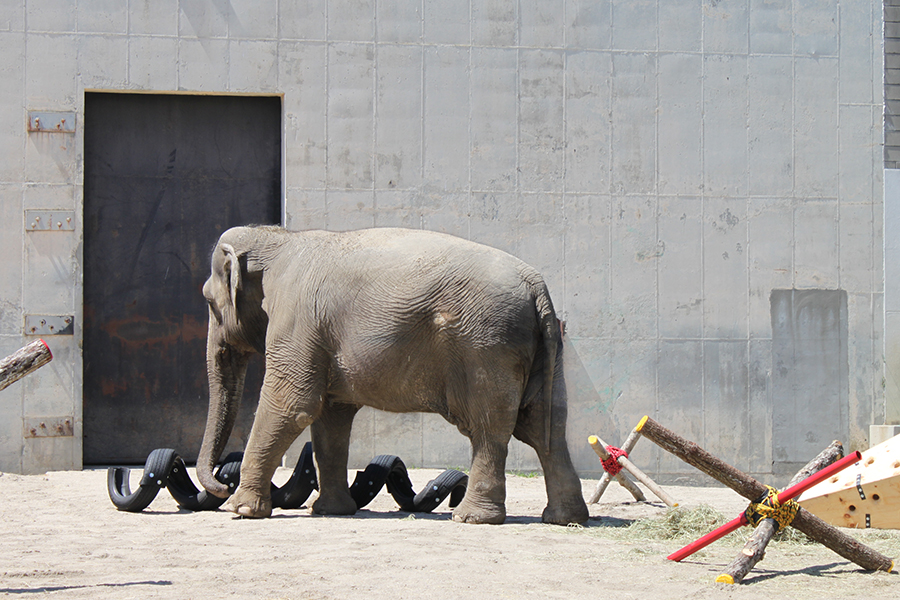




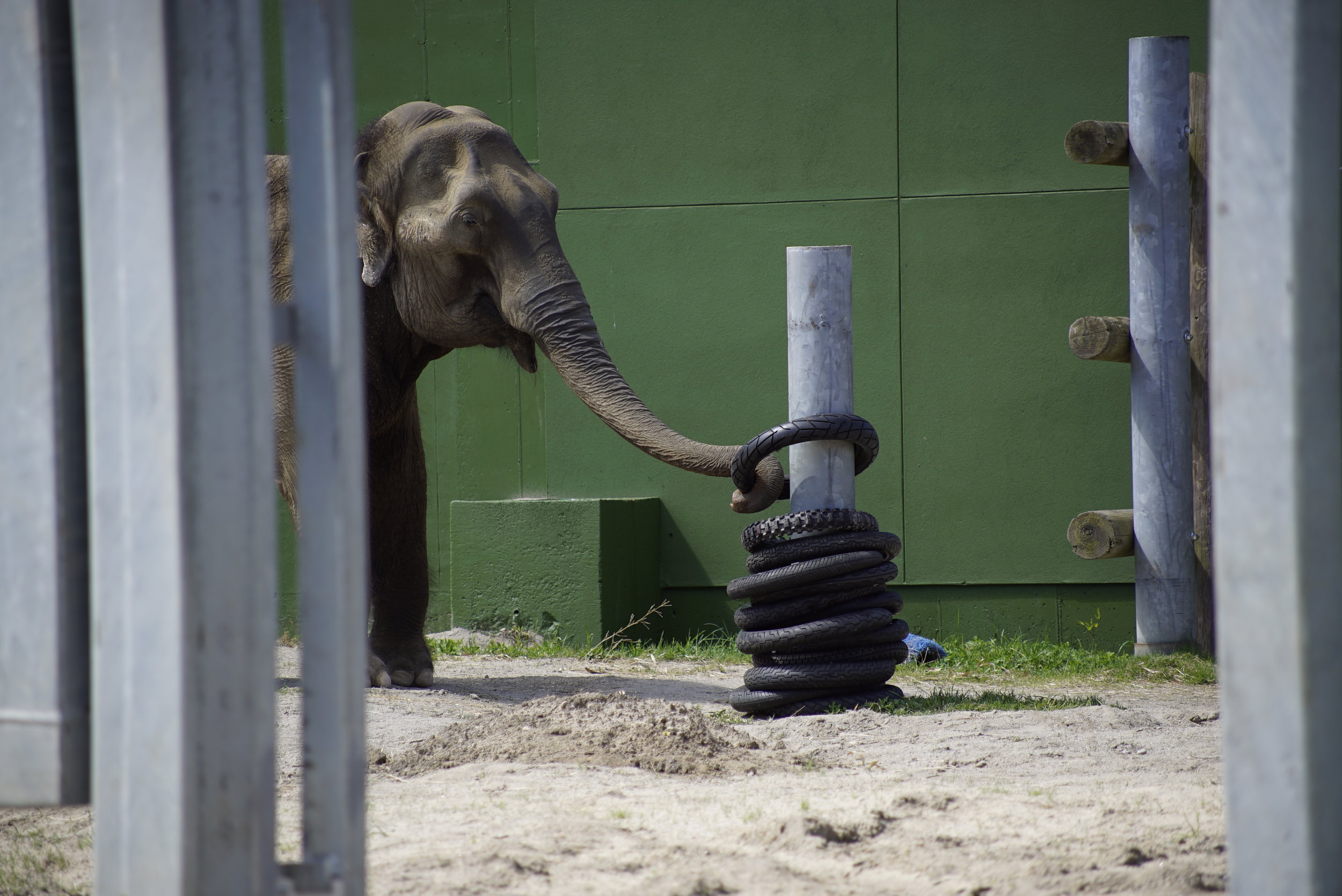
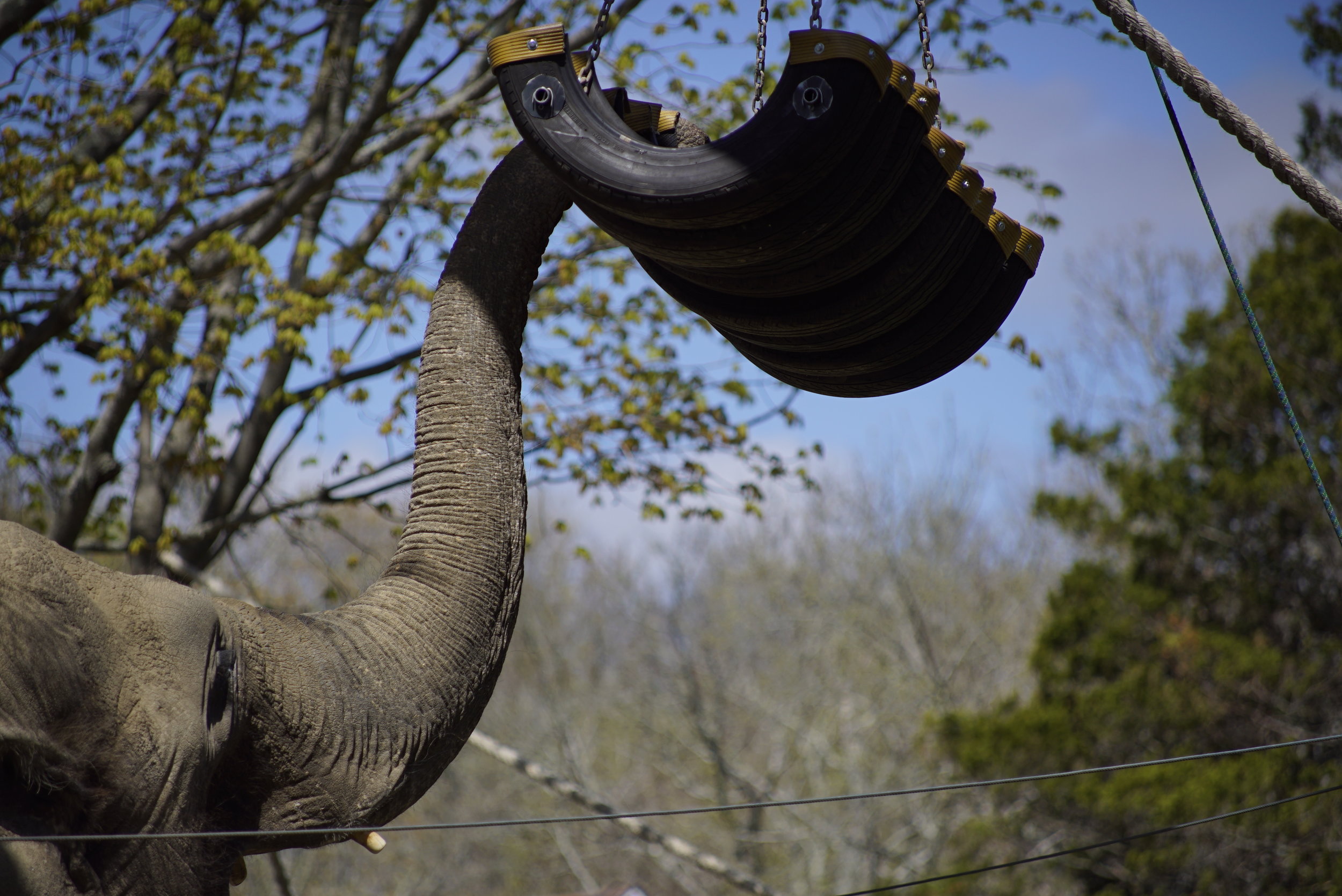
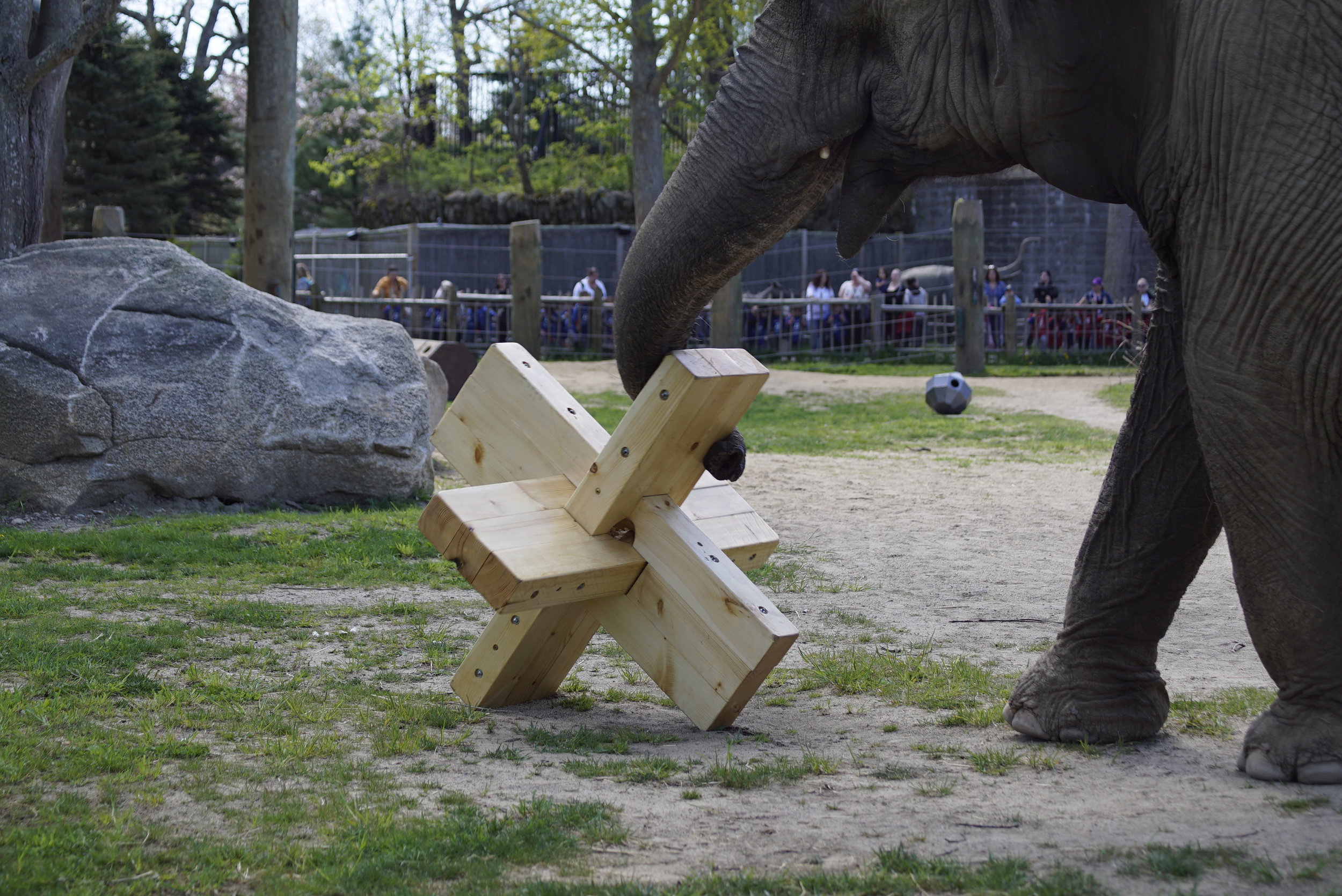
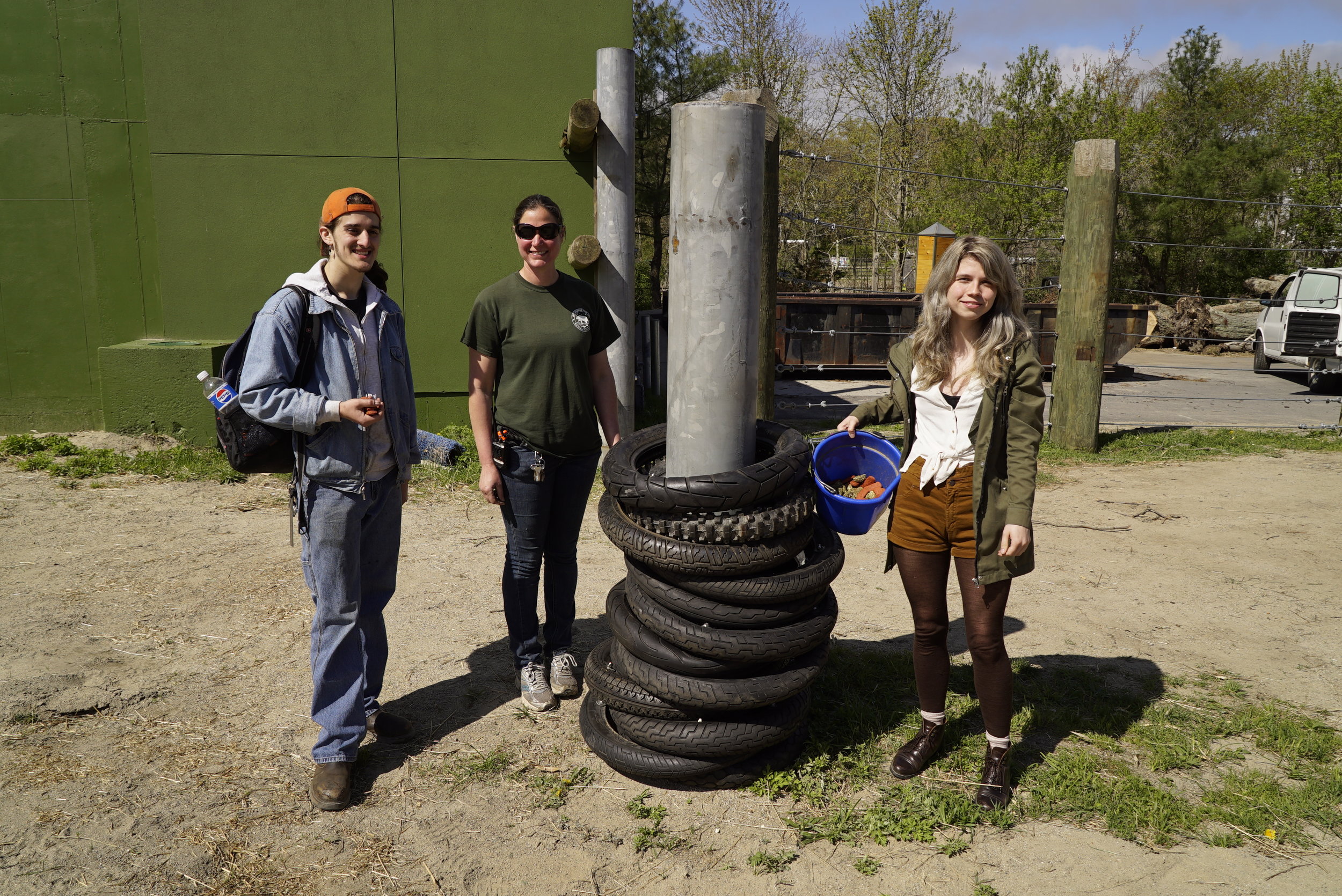


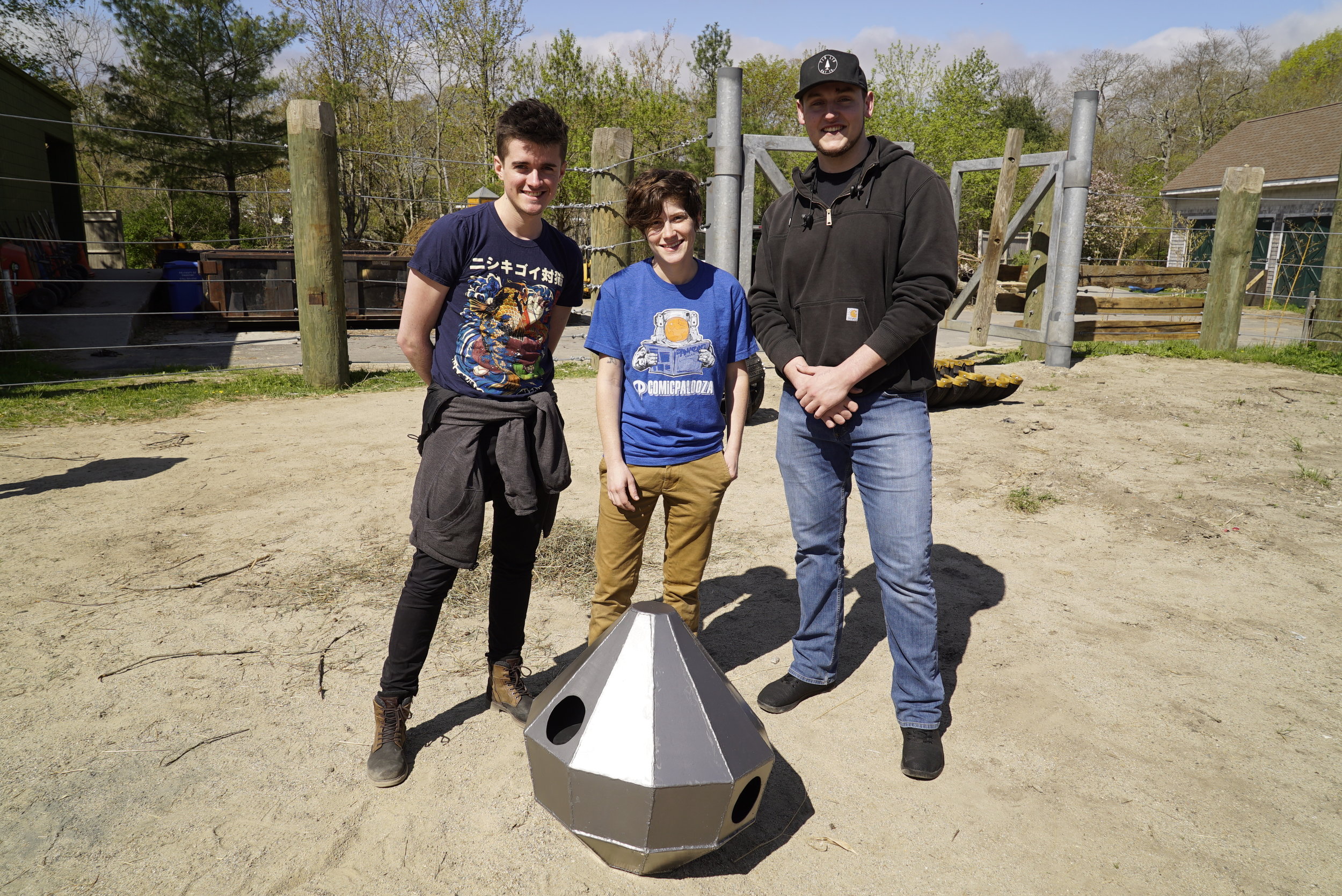










































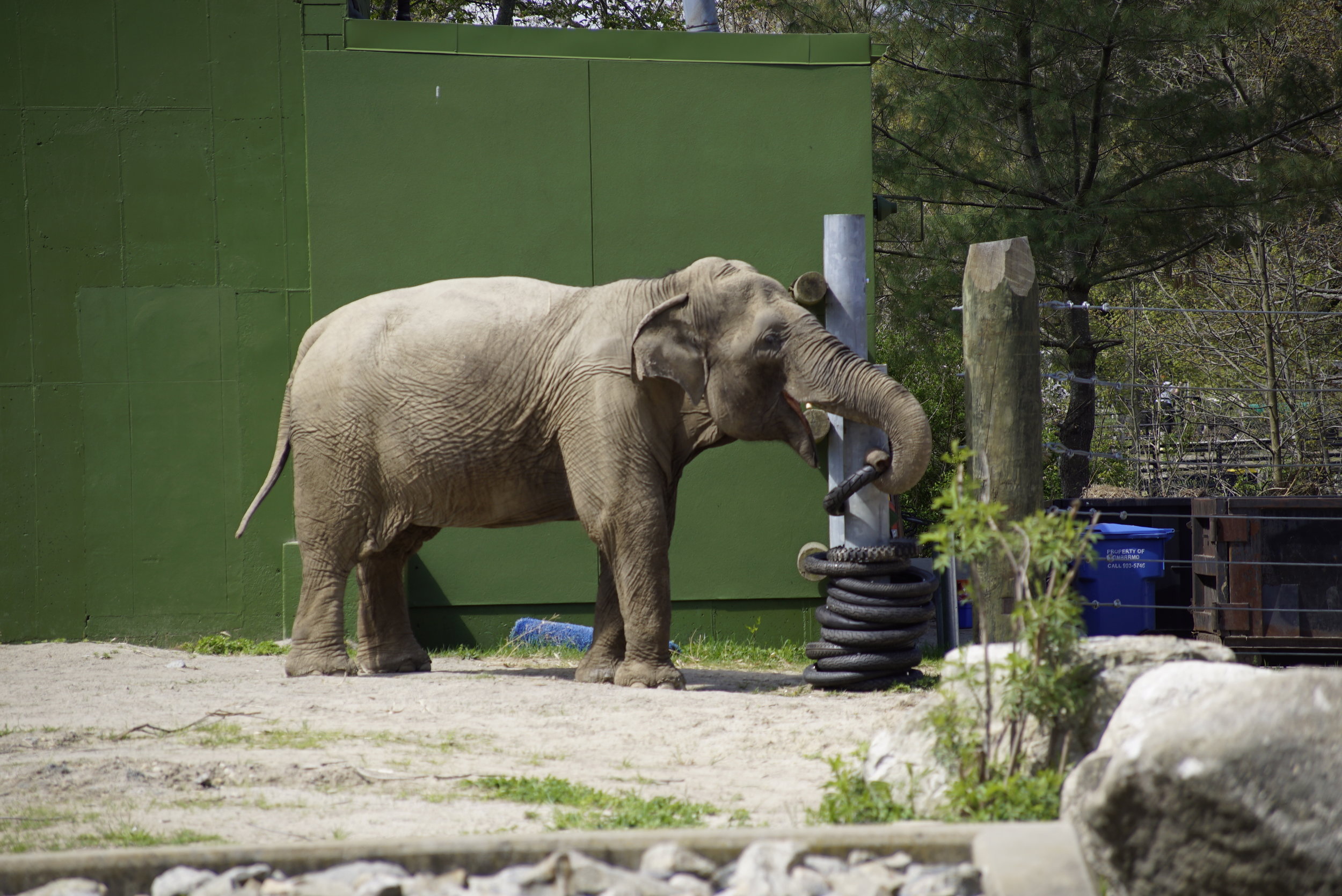




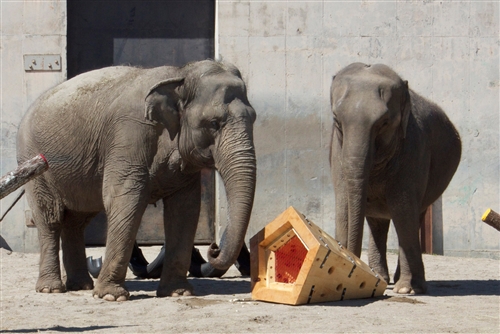




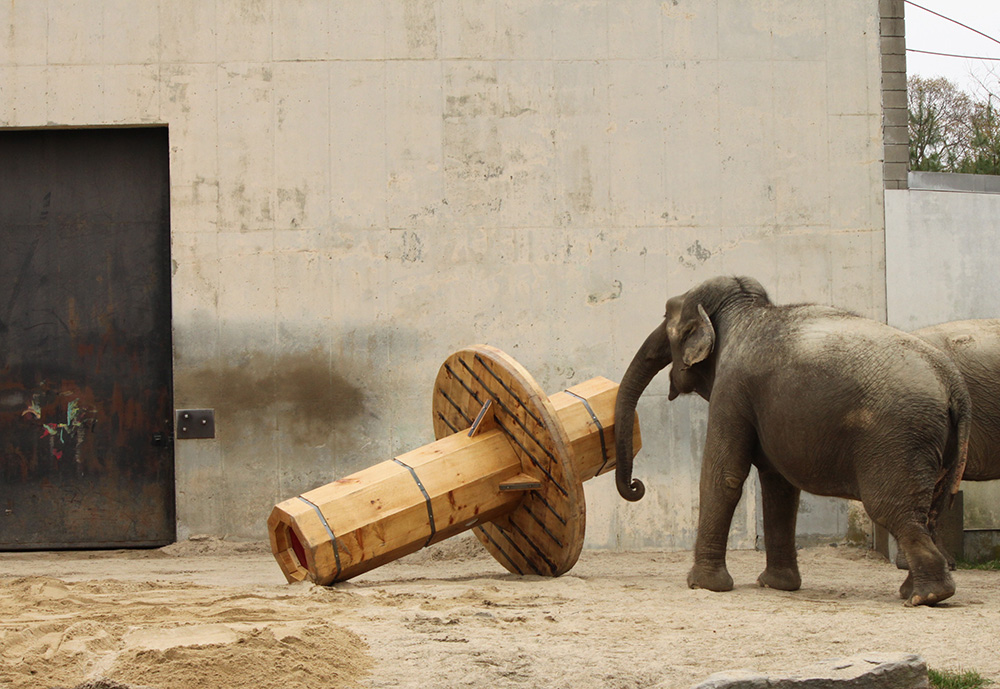
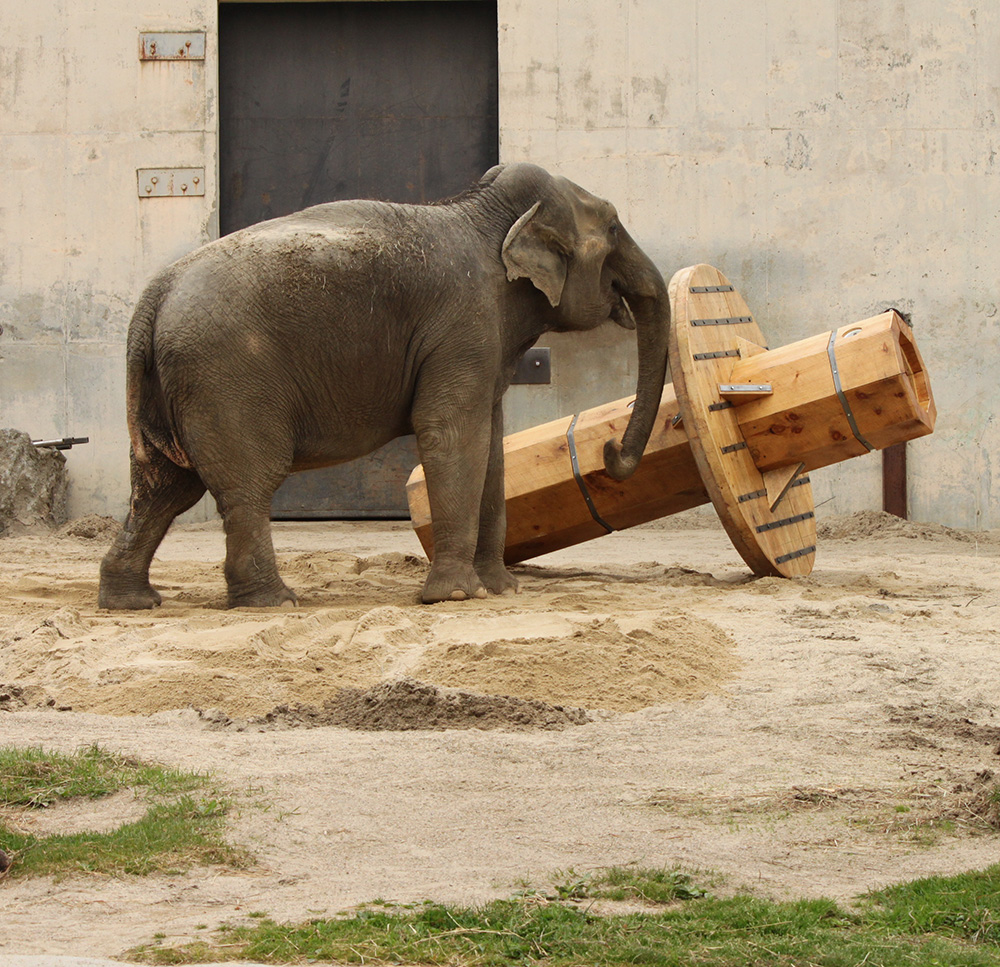





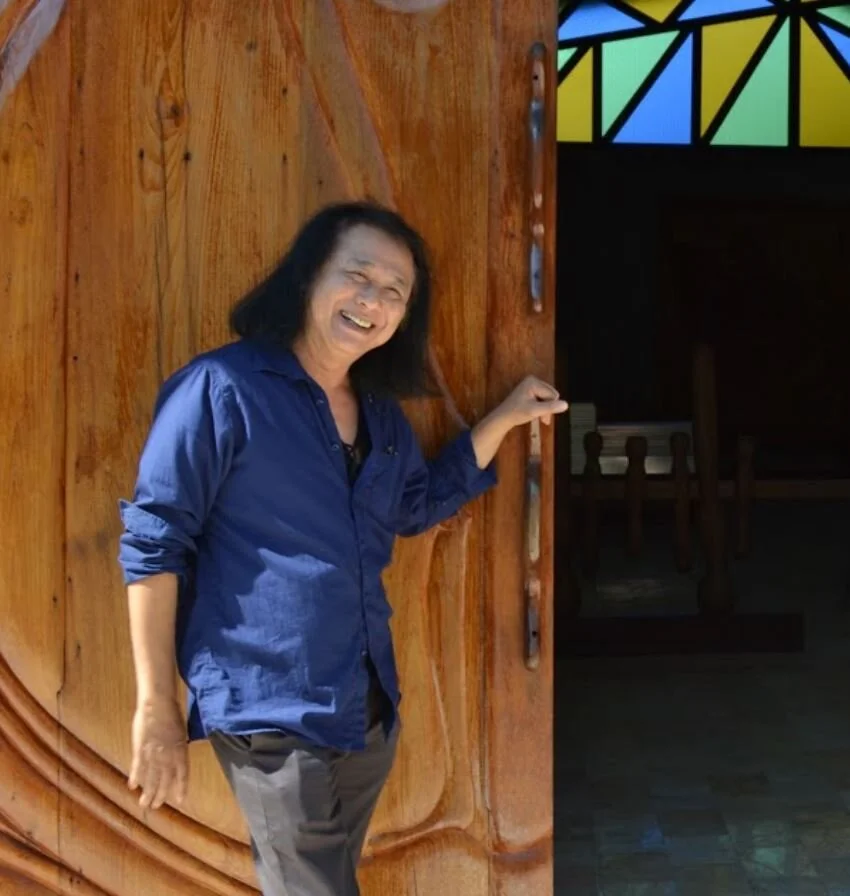

Newly designed toys will be put to the test by colossal clients at Buttonwood Park Zoo SUNDAY May 5th
Handshouse Studio Toys for Animals participants are delivering a newly designed set of toys for beloved elephants, Ruth and Emily, tomorrow! We are marking the 14th anniversary of this remarkable collaboration and want to share it with the community!